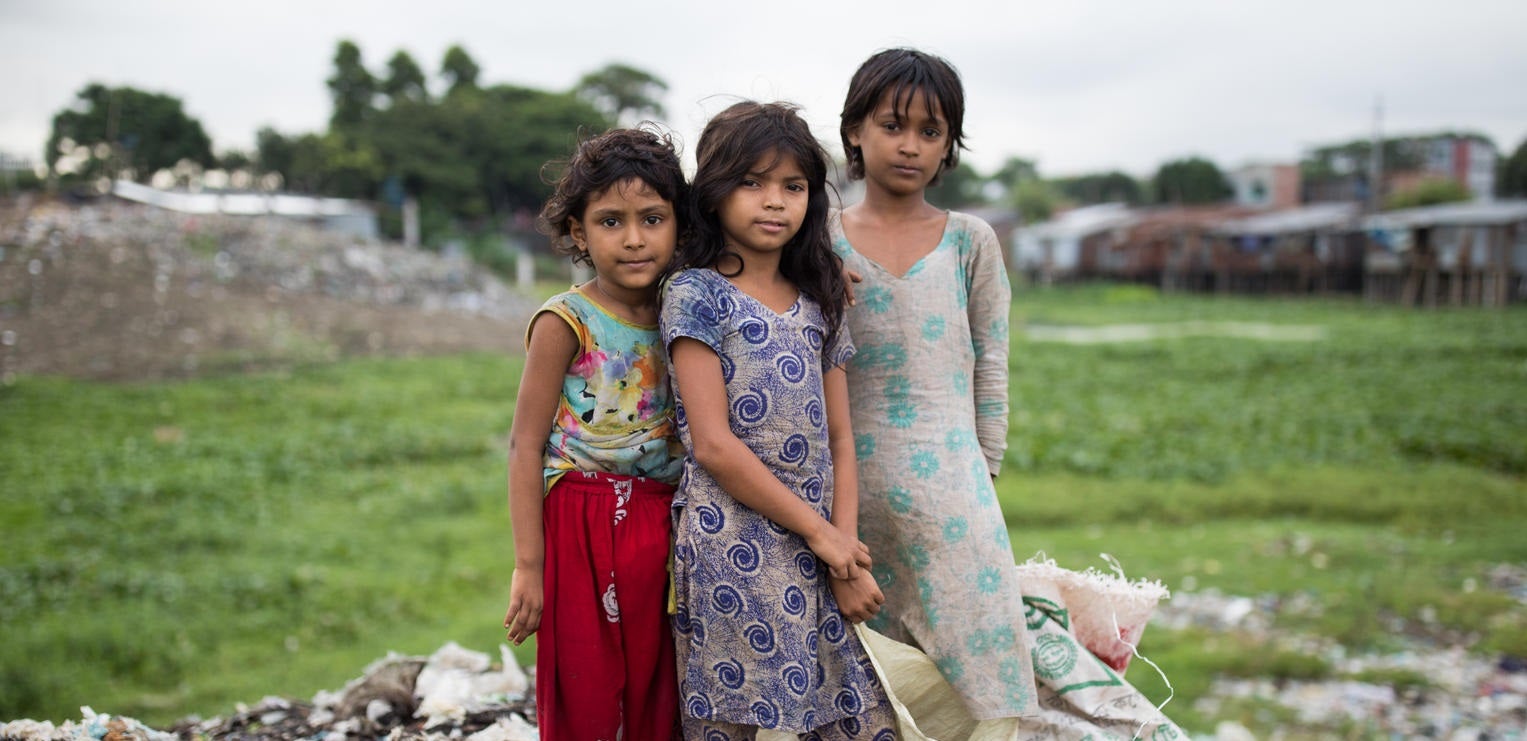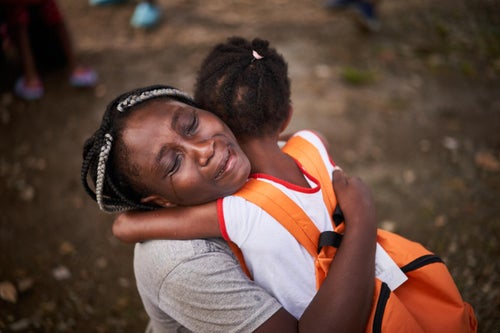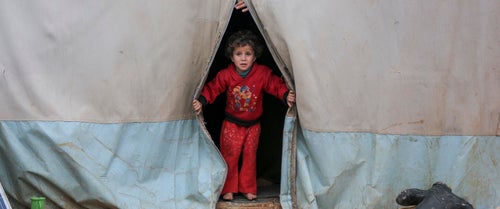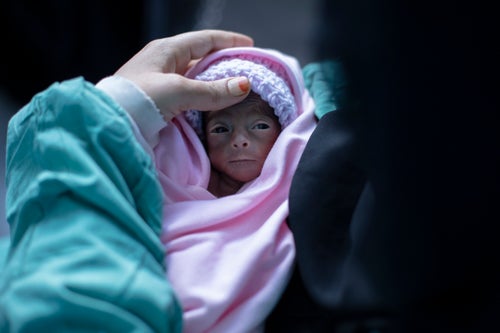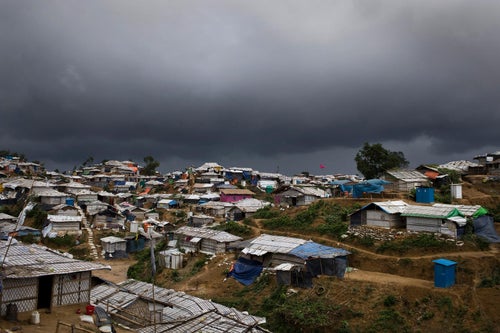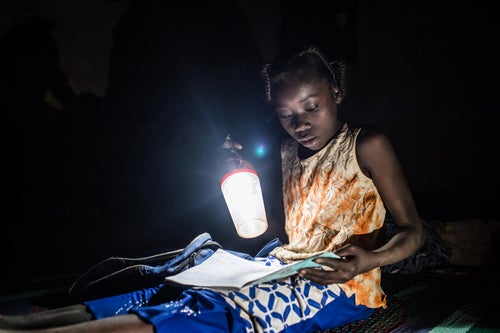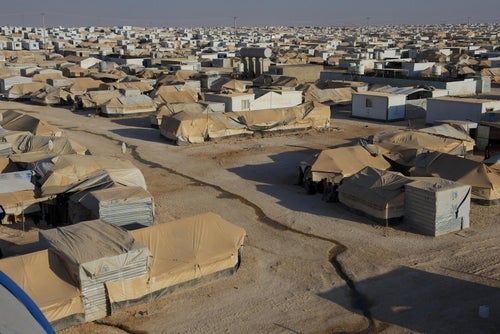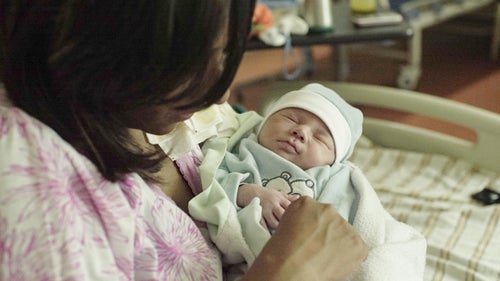As a new school year begins, more than 145,000 Rohingya refugee children are heading back to school in Cox's Bazar, Bangladesh.
A huge effort from the humanitarian community has seen a network of around 1,600 Learning Centres constructed throughout the refugee camps, providing vital access to education for children who fled violence in Myanmar.
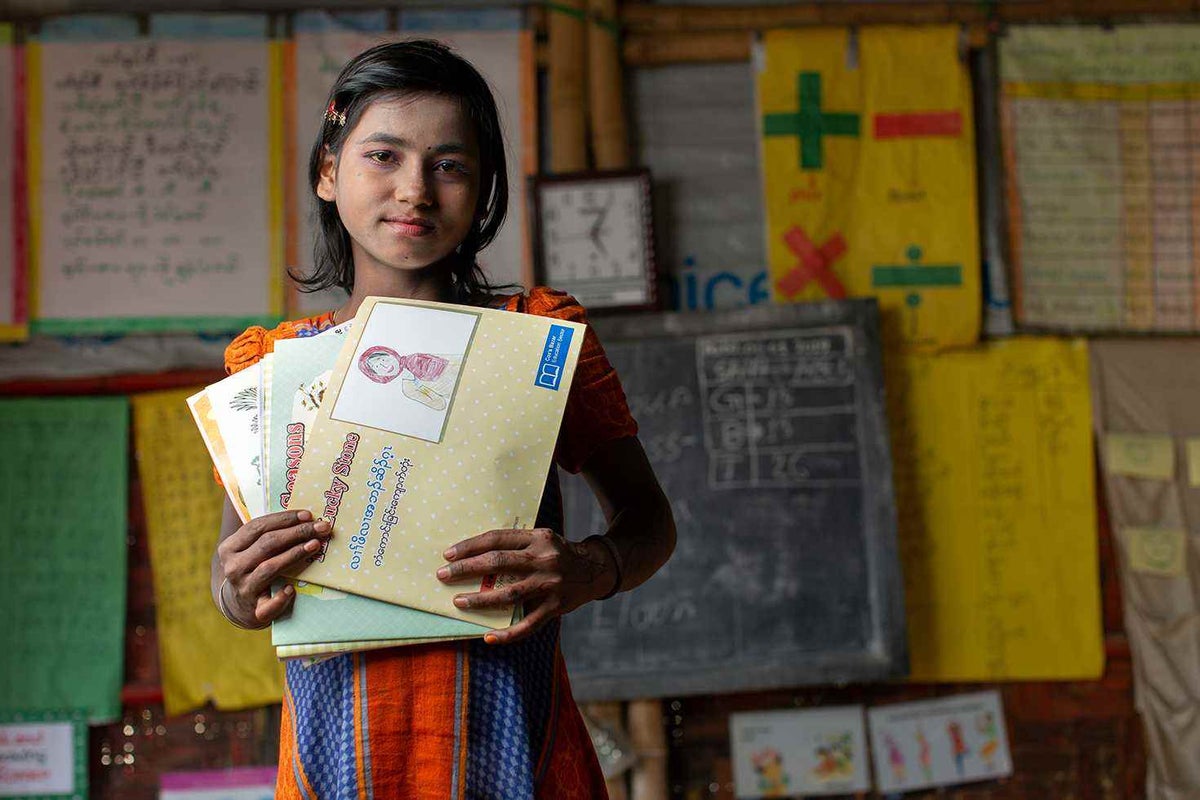
“I’ve been coming to class for almost a month now,” said Minara, 11, who studied until Class Four in Myanmar, but dropped out after arriving in Bangladesh because the Learning Centres she attended were muddy and too hot.
“The teacher came to my [family’s] shelter and asked if I would come back. He said that there would be new books, and that there would be a structure to the learning.”
“It’s nice here,” she says as she surveys the new classroom in Kutupalong camp run by UNICEF partner CODEC. “It doesn’t have a muddy floor.”
Many children have suffered trauma injuries from gunshot wounds and extreme violence, restricting their mobility and access to services.
"We see many children with mixed learning abilities, physical disabilities, visual impairment and speech difficulties,” explains Iffat Farhana, UNICEF Education Officer in Cox’s Bazar.
“Each of these children has a right to education. With more Learning Centres and more teachers, UNICEF hopes to reach every child to help them learn, grow and realise their potential.”

Motalab, 12, who is blind, is one of about 600 children with disabilities who have been identified to attend school. Last year his teacher convinced his mother to allow him to attend class.
“My sister told me about what she was learning—about the poetry and language classes. I was craving to study, too, but my mother wouldn’t allow me because the trail to the centre is rough. She was worried I would fall and hurt myself,” recalls Motalab.
Teacher Shahin Jannat, 20, came to Motalab’s family’s shelter and convinced his mother to allow Motalab to attend class. For a month Shahin held his hand, safely guiding him back and forth between the Learning Centre and his shelter—a task his younger sister now helps him with.
Since attending the Learning Centre his mood has visibly brightened, he is more outgoing and says he enjoys poetry.
Attention is now turning to providing education for thousands of other children who still lack access.
“The scale of the Rohingya refugee crisis demanded a rapid response,” said Edouard Beigbeder, UNICEF Representative to Bangladesh.
“But we were only able to respond to immediate needs and could not reach every child. This year we are scaling up services to reach more children than ever before, while focusing on improving the quality of education each child receives.”
The aim is to eventually reach 260,000 children with education this year through an extended network of 2,500 Learning Centres run by 5,000 teachers and Rohingya volunteers.
“Our aim is to ensure they can be equipped with the knowledge and skills they require to navigate their future,” said Edouard Beigbeder.
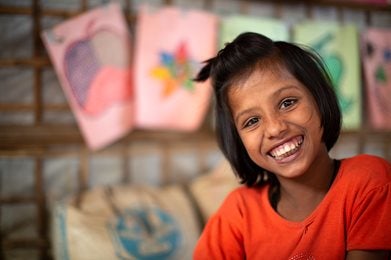
Related articles
Stay up-to-date on UNICEF's work in Australia and around the world


